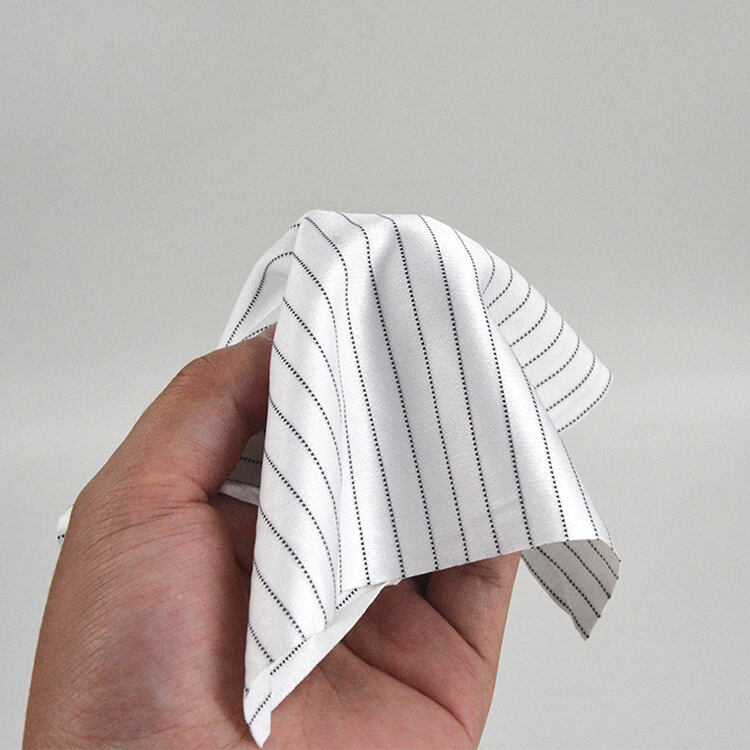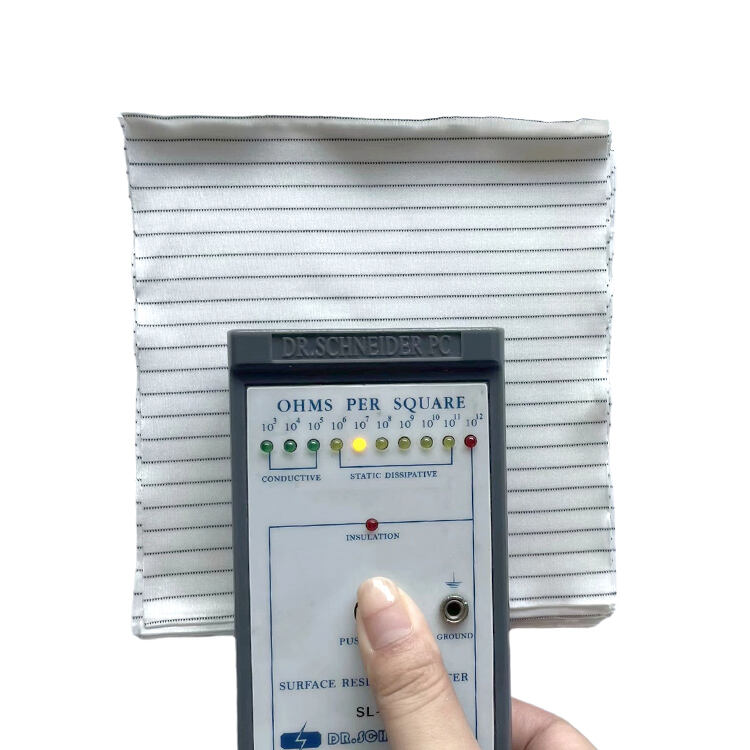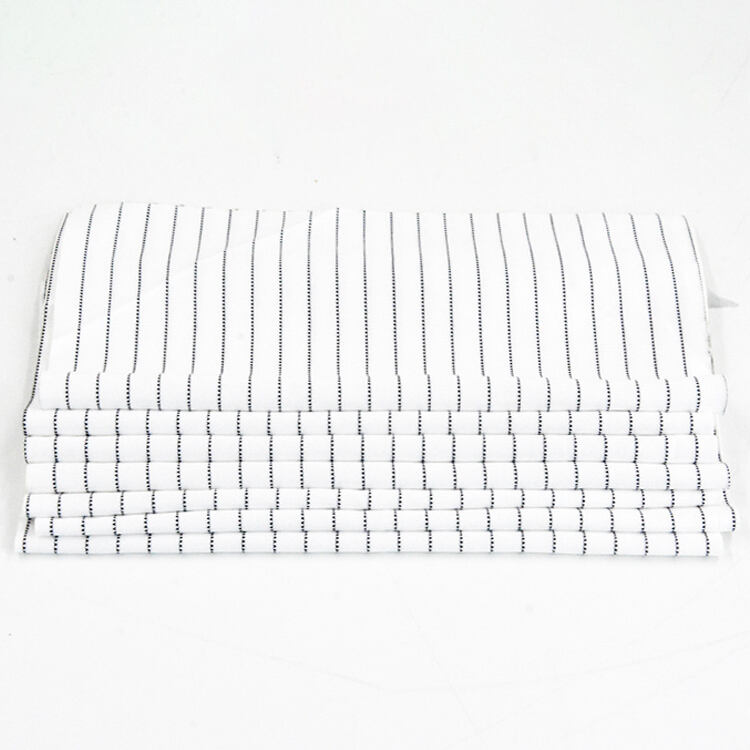esd cleanroom wiper factory
The ESD cleanroom wiper factory represents a state-of-the-art manufacturing facility dedicated to producing specialized cleaning materials for sensitive industrial environments. This advanced facility incorporates cutting-edge electrostatic discharge protection technology throughout its production lines, ensuring the creation of high-quality cleanroom wipers that meet stringent industry standards. The factory utilizes automated manufacturing processes, including precision cutting equipment, ultrasonic sealing systems, and advanced quality control mechanisms to produce wipers that effectively prevent static buildup while maintaining exceptional cleanliness levels. The facility's production capabilities encompass various wiper specifications, from microfiber to polyester blends, all designed to meet ISO Class 3-8 cleanroom requirements. Environmental control systems maintain strict temperature, humidity, and particle levels throughout the manufacturing area, while specialized air handling units ensure a contamination-free production environment. The factory's testing laboratory conducts rigorous quality assurance procedures, including particle counting, extractables analysis, and electrostatic discharge testing, guaranteeing that each batch meets exact specifications. With its comprehensive approach to cleanroom wiper manufacturing, the facility serves diverse industries including semiconductor manufacturing, pharmaceutical production, and aerospace applications.


